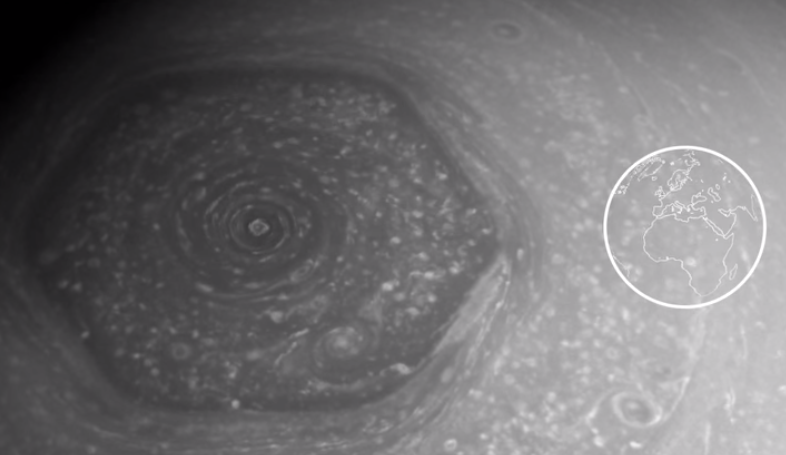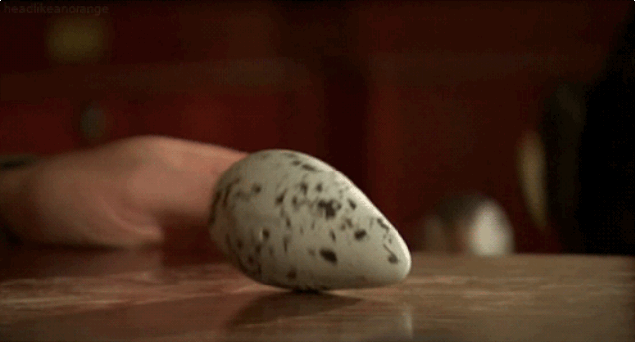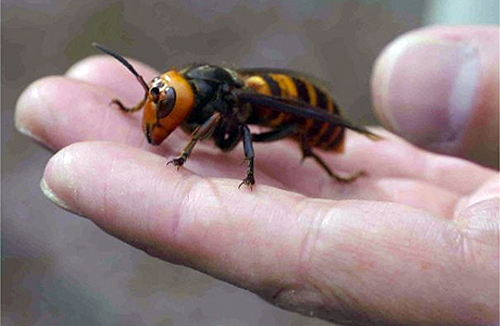By Anupum Pant
Thanks to the guys at Numberphile for introducing me to Wilson primes. Although the piece of information that describes Wilson primes itself has more or less no practical use, I still think it’s a good thing to know.
The first thing you need to know is that all prime numbers follow this rule – If you take a prime number P and put it in the following equation you get a number that is perfectly divisible by the prime number P.
The equation: (P − 1)! + 1 = Q
Note: ! is a sign used for factorial. That means P! is equal to the product of all natural numbers smaller or equal to P. So, for example, 3! = 3 X 2 X 1
This rule is valid for all prime numbers and no composite numbers follow it. So, for instance, if you take a composite number for P, the number you get after you put it in the above equation is never divisible by the number itself. This is called the Wilson’s theorem.
Wilson primes (P) are a few special numbers which can divide Q in the equation above two times. So, for example, since 5 is a Wilson prime, you get 25 if you put it in the equation above. And 25 can be divided perfectly by 5 once, and the result (quotient 5) can be divided again by 5 to get a whole number.
Now, for Wilson primes here’s the deal – 5, 13 and 563 are Wilson Primes. And a very interesting thing to note here is that, in spite of all the computing technology we have in the world, these are the only three Wilson primes we know yet.
Mathematicians are pretty certain that there are several other Wilson primes waiting to get discovered, probably infinitely many. But one thing is for sure, below the number 20,000,000,000,000 5. 13 and 563 are the only three which exist.









